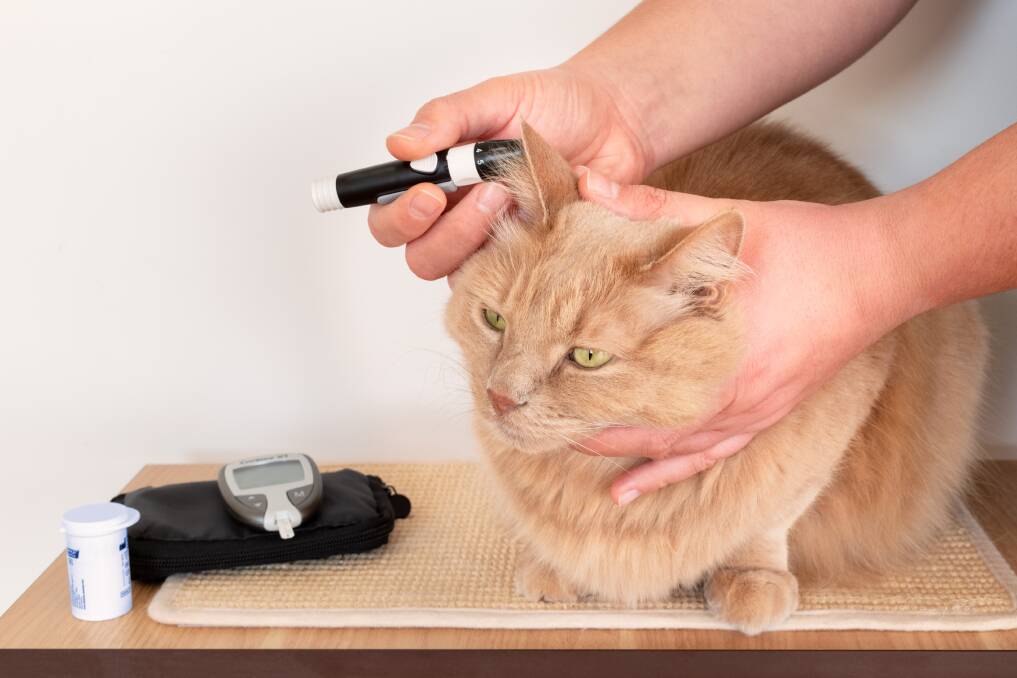
Diabetes mellitus is a rising concern for pets in the Border community and occurs due to insulin deficiency within the body.
Subscribe now for unlimited access.
$0/
(min cost $0)
or signup to continue reading
Similar to the human forms of the disease, type 1 - the insulin-dependent version of the disease - is more common.
Type 2 is the non-insulin dependent form of the disease and is rarely seen in dogs and only occasionally in cats.
We are seeing an increased number of cases of type 1 diabetes in domestic animals largely because of obesity, poor diet and frequent snacking.
Special cells in the pancreas are responsible for producing insulin.
If these cells are damaged by genetic influences, environmental factors, inflammation or even mediated by the body's own immune system, type 1 diabetes can result.
So, what are the signs to look out for in your pet?
An increase in water consumption and urination are the most obvious signs.
Also, diabetic animals tend to lose weight despite a good appetite.
If left untreated for too long, symptoms may progress to vomiting, diarrhea and a decrease in appetite.
Unfortunately, cataracts and eventual blindness usually develop in dogs even with appropriate treatment.
Surgical correction for blindness is an option for some.
Diagnosis requires the detection of elevated blood sugars and concurrent presence of those sugars, or glucose, in the urine.
Treatment often involves diet change, insulin injections and gentle exercise to help with weight management.
For dogs, insulin therapy usually becomes part of a life-long daily routine, while in some cats remission is possible.
With owner commitment, most diabetic animals can live a full and healthy life with appropriate vet care along the way.

